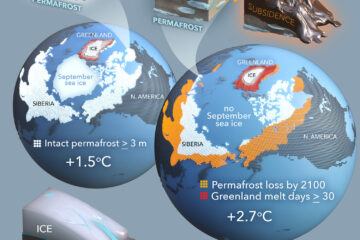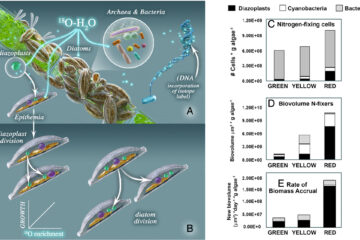Growth maximization trumps maintenance of leaf conductance in the tallest angiosperm
Structural and physiological changes that occur as trees grow taller are associated with increased hydraulic constraints on leaf gas exchange, yet it is unclear if leaf-level constraints influence whole-tree growth as trees approach their maximum size. We examined variation in leaf physiology, leaf area to sapwood area ratio (L/S), and annual aboveground growth across a range of tree heights in Eucalyptus regnans. Leaf photosynthetic capacity did not differ among upper crown leaves of individuals 61.1–92.4 m tall. Maximum daily and integrated diurnal stomatal conductance (gs) averaged 36 and 34 % higher, respectively, in upper crown leaves of ~60-m-tall, 80-year-old trees than in ~90-m-tall, 300-year-old trees, with larger differences observed on days with a high vapor pressure deficit (VPD). Greater stomatal regulation in taller trees resulted in similar minimum daily leaf water potentials (ΨL) in shorter and taller trees over a broad range of VPDs. The long-term stomatal limitation on photosynthesis, as inferred from leaf δ13C composition, was also greater in taller trees. The δ13C of wood indicated that the bulk of photosynthesis used to fuel wood production in the main trunk and branches occurred in the upper crown. L/S increased with tree height, especially after accounting for size-independent variation in crown structure across 27 trees up to 99.8 m tall. Despite greater stomatal limitation of leaf photosynthesis in taller trees, total L explained 95 % of the variation in annual aboveground biomass growth among 15 trees measured for annual biomass growth increment in 2006. Our results support a theoretical model proposing that, in the face of increasing hydraulic constraints with height, whole-tree growth is maximized by a resource trade-off that increases L to maximize light capture rather than by reducing L/S to sustain gs.


